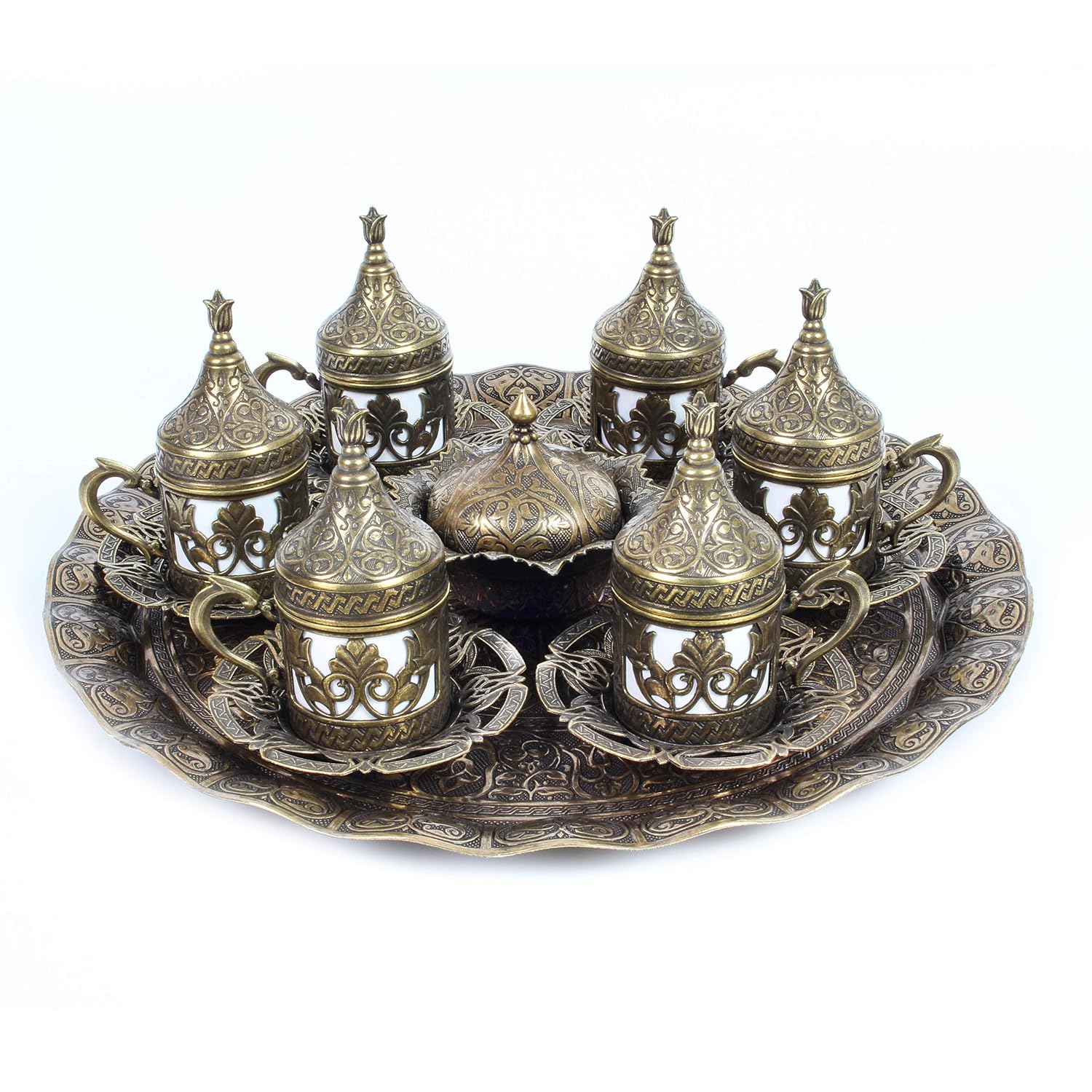WHAT DO THE NUMBERS AND LETTERS ON THE BOTTOM PART OF ANTIQUE TEAPOTS MEAN?
Letters, symbols, or numbers on the bottom part of many teapots may have different meanings. Sometimes, a potter could combine pictures, symbols, and letters.
It goes without saying that the tradition of drinking tea dates back thousands of years, and it all started with brewing tea in teapots. Maybe over the past few years, some people are not using teapots to brew and serve tea, but the original and best way of brewing tea is to use a teapot.
For people who have an interest in collecting antique teapots, you may have found many of them with visible marks on the bottom.
Here is a general meaning of marks, numbers, letters, and symbols you may find in teapots; collectable cast brass porcelain tea tableware

Marks
In most cases, marks on the bottom part of a teapot indicate a type of manufacturing code or mark. These marks may contain numbers only, words, letters, or a mix of all the three. You will find others with pictures, company logos, or animals. They are mostly a way of businesses showcasing their brand. These marks were inscribed into the teapots by manufacturers to show the originality of their wares.
Numbers and hallmarks
Hallmarks can refer to the marks on a teapot and were mostly associated with silversmiths. A company's hallmark usually has the name and the country of origin as well as the date ware was made. You may find manufacturers using a series of numbers to signify production number, color code, or year produced.
Symbols
In addition to marks and numbers, some pottery manufacturers used symbols as decoration. You may find antique teapots bearing symbols of animals embossed on them or hand-painted initials.
If you find initials of a pottery company that is no longer in business, you might need to search it online to know what the symbols meant and when the company existed. This may even give you the year when your antique teapot was made.